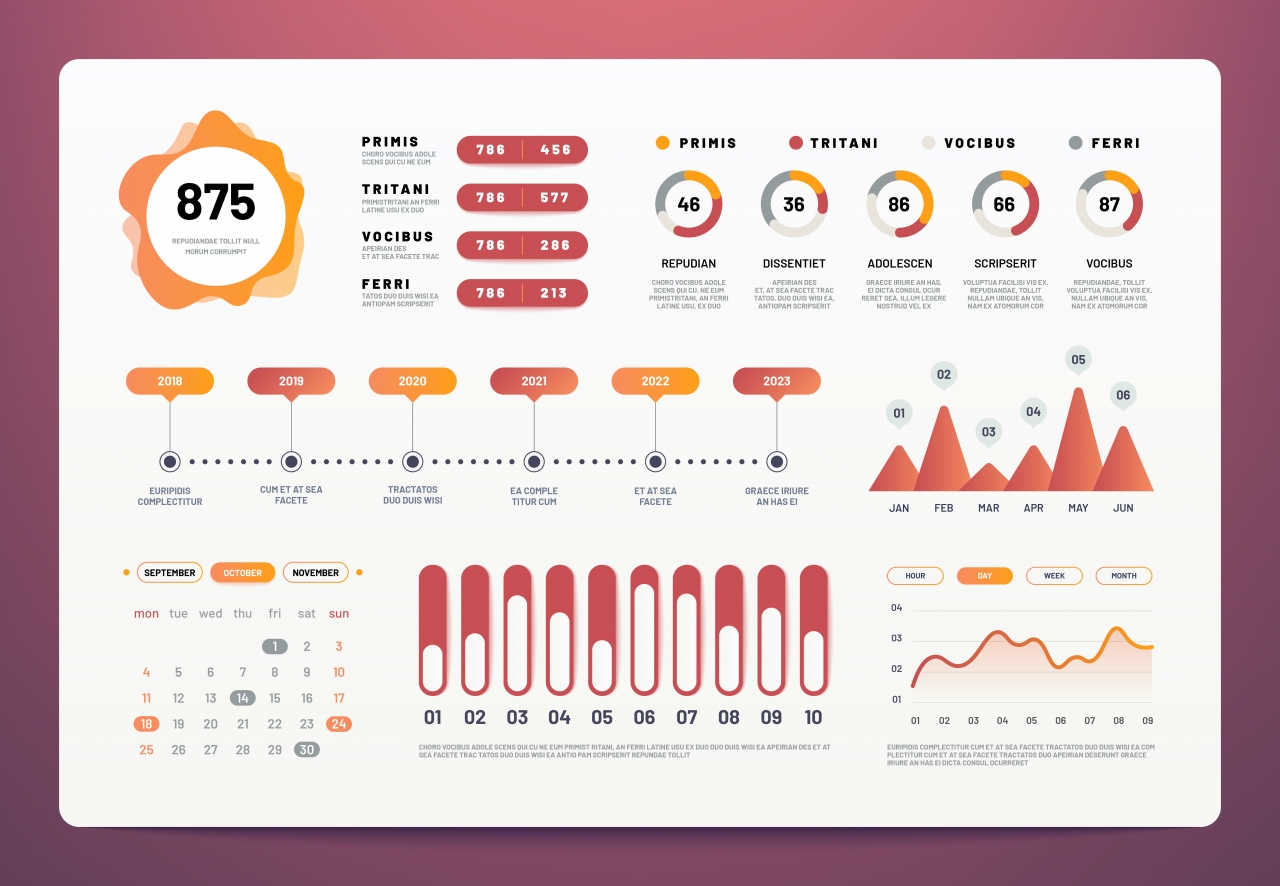Find the right office space for your business

New research suggests that the right office in the right location pays off in terms of creating a more productive, innovative workforce.
Office space can represent a major expense and a potential risk, especially for smaller businesses with big aspirations for growth. In fact, the Workplace Report 2018 by real estate investment trust Dexus reveals that 53 per cent of executives in small-to-medium enterprises (SMEs) expect to outgrow their offices this year.
However, a fit-for-purpose office can also represent significant value for money, especially when it comes to attracting and retaining employees, and enhancing collaboration.
The 2014 Collaborative Economy report from Deloitte Access Economics concluded that when employees come together, they work 15 per cent faster and are 70 per cent more likely to develop innovative ideas.
Dexus’s research, which is based on a survey of 300 Australian executives in growing SMEs, shows that almost three in four believe their workspace directly impacts job satisfaction, productivity and team engagement.
“Companies of all sizes are looking to enhance team work and collaboration,” says Chris Hynes, head of office and industrial leasing at Dexus.
“Office environments can help achieve this. They can also help build the culture of the organisation.”
Jacqueline Castillo, a change management specialist who has helped implement new workplace designs for organisations such as IBM, Medibank Private and the Australian Human Resources Institute, says workplaces can also give employees more flexibility and control over the working day.
“Modern office designs, such as those with activity-based working spaces, enhance the ability for employees to share information and problem-solve together because they provide a range of work settings,” she explains.
“They might include break-out spaces, social spaces and traditional meeting rooms. It’s all about providing choices for employees and giving them greater control.”
How much office space does the typical business need? Hynes says it depends on the type of work being performed, however the real test is how many desks you can fit.
“In a call centre, where there is a greater concentration of desks, you might get one desk per 7 sq m,” he says. “For general business, it’s usually about one desk per 12-15 sq m.”
Activity-based working spaces often allow businesses to reduce their office footprint because they require fewer desks.
“There is a greater focus on collaborative, team-based work,” says Castillo. “Desk sharing is also more common in these kinds of offices.”
Office design isn’t the only factor that impacts how we view our workplaces. The Dexus research found that organisations prefer offices located no more than 500 metres from train stations or other public transport options, and close to amenities such as cafes, banks and shops. Not surprisingly, such office locations come at a higher price.
Hynes says office rent in suburban locations in Australia generally costs A$300-400 per sq m per year, while rent in Sydney’s CBD, for example, costs A$900-1500 per sq m per annum.
“Where do you get the best value? There’s a trade-off between paying less rent and being in a less attractive location,” says Hynes.
“We’re seeing more companies moving back into the CBD, and perhaps being more frugal with the amount of space, because being in a hub is just more attractive to staff.”
When you weigh up the costs of staff recruitment, retention and salaries against the cost of providing a great space to work, it’s certainly food for thought.
To find out more, download the full Workplace Report 2018 for free.
Images Powered by 

